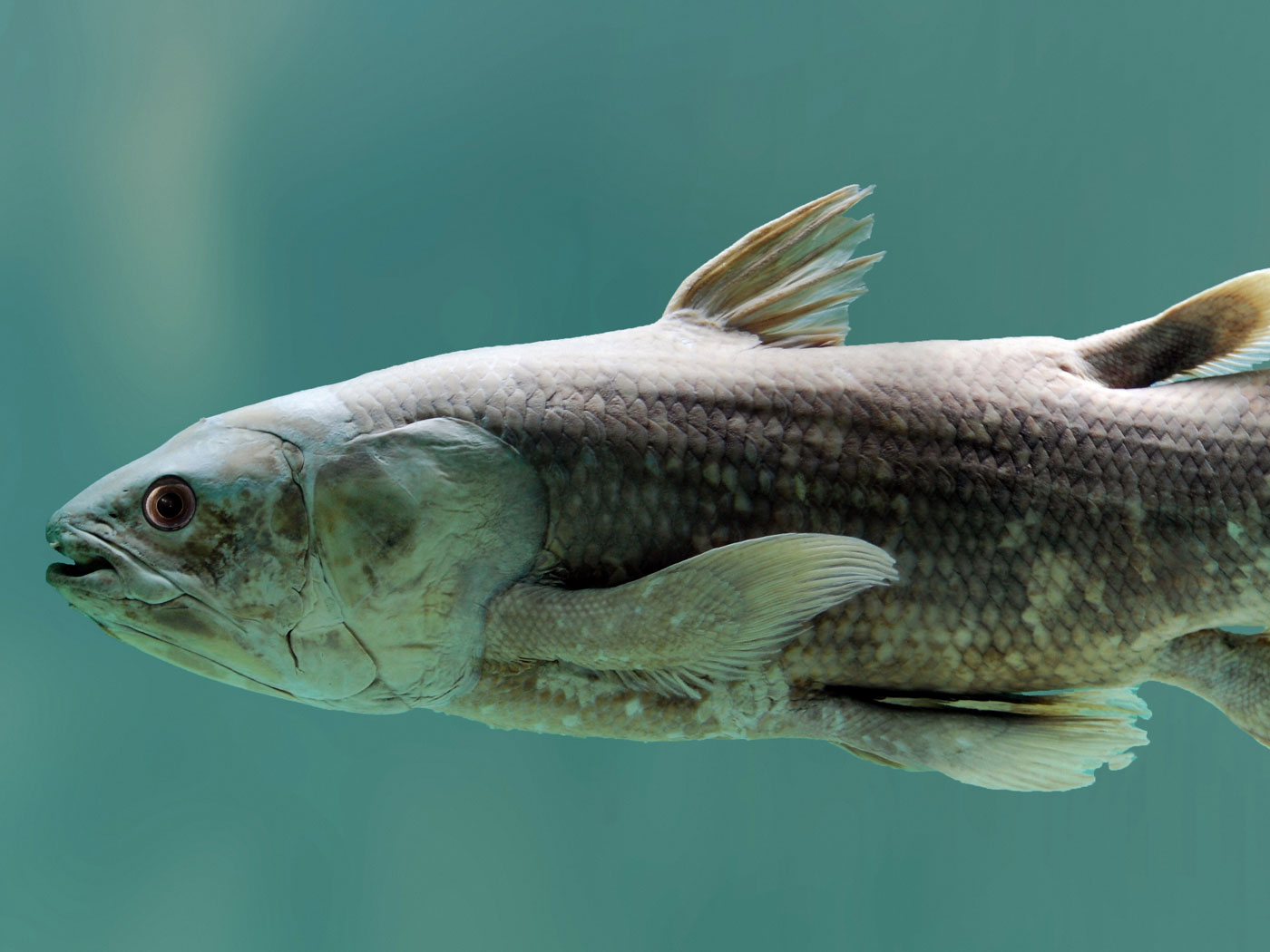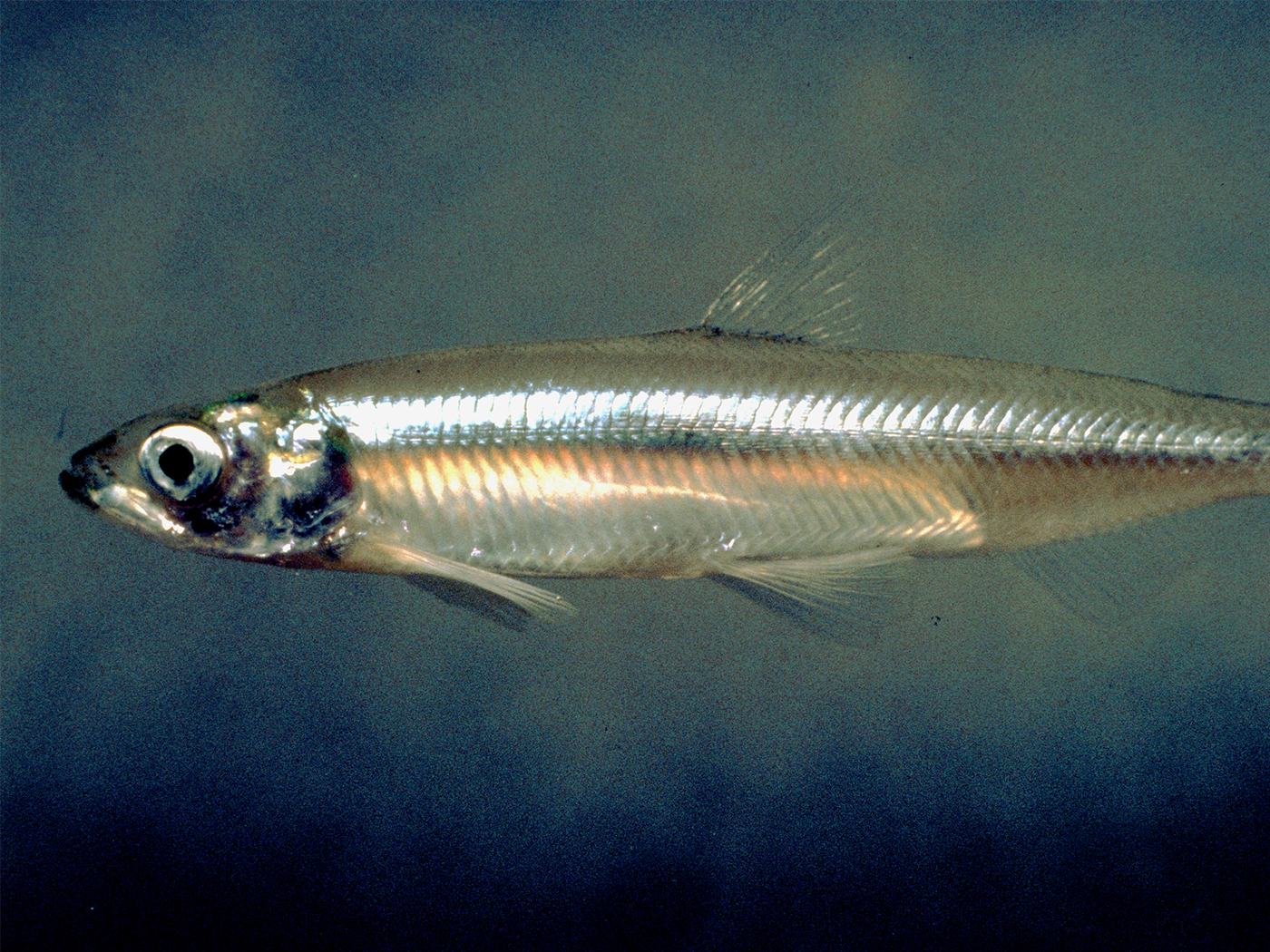Paleontologist Mary Schweitzer’s discoveries of soft blood vessels, proteins, various blood cells, and even DNA inside fossilized dinosaur bones have been met with extreme skepticism from the scientific community. It has been well established that such biological structures and molecules should not last beyond a few tens of thousands of years, and could not possibly survive millions of years. So why are they there?
Scientists have made multiple attempts to debunk Schweitzer’s findings. Over the last 15 years, alternate explanations for the soft dinosaur tissue include contamination in the field or in the lab, bacterial activity producing the illusion of blood vessel remains, and the possibility that protein signatures derived from the tissues are actually just statistical artifacts (i.e., distortions or data errors).
In an effort to answer these objections, Schweitzer’s team implemented sterile excavation procedures and had an independent third party analyze their results. They confirmed that the soft tissues could not have come from bacteria. Bacteria do not manufacture products in the shape of vertebrate blood vessels, nor can they produce the kind of collagen found in the dinosaur bones.
The issue has generated such fervor that John Asara of Harvard Medical School, who found clear collagen signatures in Schweitzer’s dinosaur tissues,1 placed his data online so that anyone could access it. Researchers from Palo Alto reanalyzed the data and published their report online in the Journal of Proteome Research.2 They verified that four of Asara’s original seven collagen sequences were clearly legitimate, using different statistical and bioinformatics techniques. So far, there is every indication that the dinosaur soft tissues—incredible as it seems—are real biological leftovers from their once-living hosts.
Three options present themselves for the presence of molecules and blood vessels in creatures that purportedly passed on eons ago. Perhaps the soft tissue is some kind of mistake—it isn’t really organic material. But the number of other possible substances it could be is dwindling. Or perhaps there is an entirely unknown natural process that could have preserved soft tissue for millions of years. But this is a special pleading argument, one with strong laboratory evidence against it. Third, perhaps the soft tissue, and therefore the sedimentary rock that encased it, are thousands—not millions—of years old.
Dinosaur soft tissue leaves the evolutionary paradigm, which must have millions of years in order to achieve even remote plausibility, between a rock and a hard place. However, these dinosaur blood cells and vessels fit perfectly into the biblical history of the world, which indicates that man and dinosaurs both were created on the same day in the relatively recent past.3
References
- Asara, J. M. et al. 2007. Protein Sequences from Mastodon and Tyrannosaurus Rex Revealed by Mass Spectrometry. Science. 316 (5822): 280-285.
- Bern, M., B. S. Phinney, and D. Goldberg. 2009. Reanalysis of Tyrannosaurus rex Mass Spectra. Journal of Proteome Research. Published online July 15, 2009, accessed July 30, 2009.
- Genesis 1:24-27.
* Mr. Thomas is Science Writer at the Institute for Creation Research.
Article posted on August 11, 2009.





















